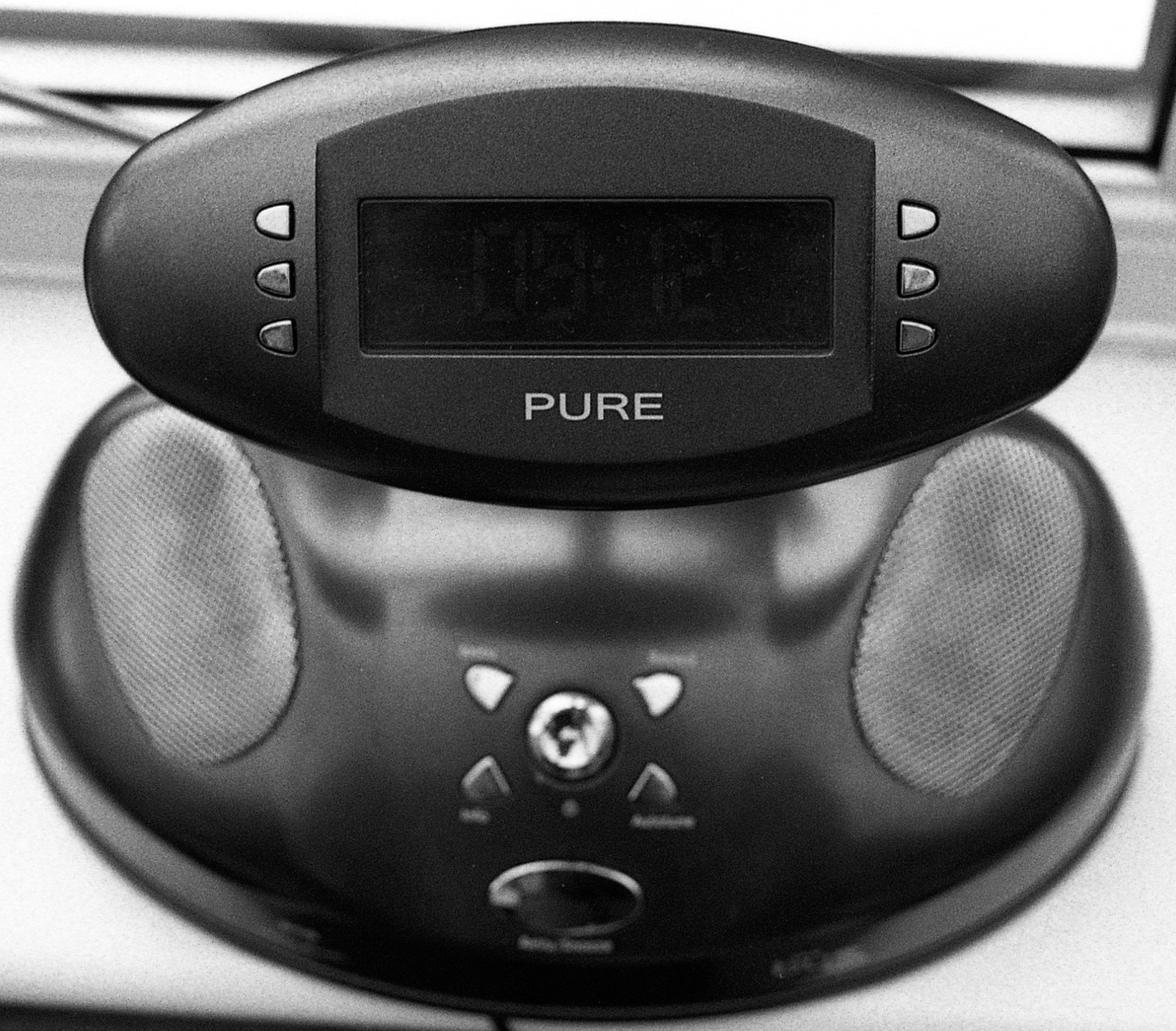The art of film development
/the radio still mostly works - which makes it something of a rarity apparently
It turns out that developing film is an art. Who knew? It’s a chemical process. The parts of the film that were exposed to light react with the developer to make particles of silver which end up on the negative as dark spots called “grain”. The more light, the darker the spot. Hower, the amount of developer you use and the time you leave the film in it are important, as is how you agitate the film to put fresh developer into contact with the film surface.
And then there’s acutance. This happens along the borders between bright and dark areas on the image being developed. The developer in an exposed area is “used up” as it reacts to make the silver film grains.. This causes developer to migrate over from an unexposed part, resulting in the enhancement of edges in the finished picture and making brighter areas “pop” out of the image. The amount of acutance you get depends on how much agitation you give the film. There’s also “stand development” where you just leave the film standing in the developer for an hour or so.
And then there’s how much you dilute the developer and the number of minutes you leave the film in it, as well as the exposure you used when you took the shot. I’ve been working with 1+50 dilutions of Rodinol developer. This seems to work quite well. It also makes developing film very cheap. I’ve got a bottle of developer and think it might last a long time.
If you want to get into this (and it is rather fun) I can recommend the Massive Dev website for development times (there’s also a really good app) and this video.

